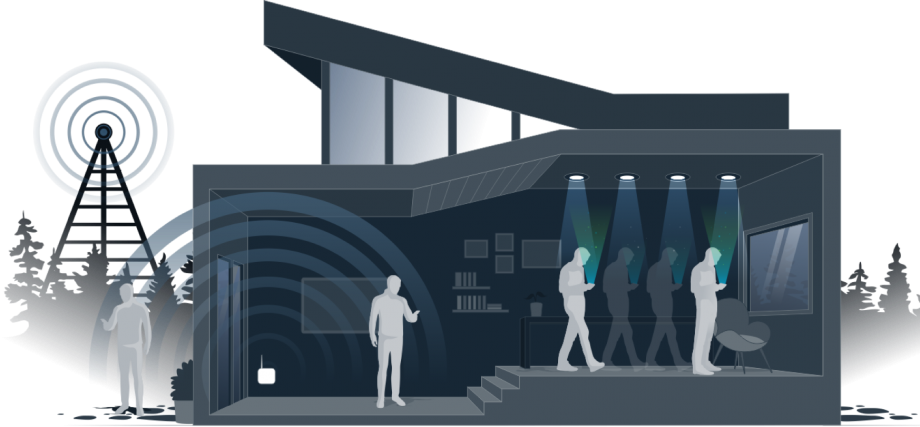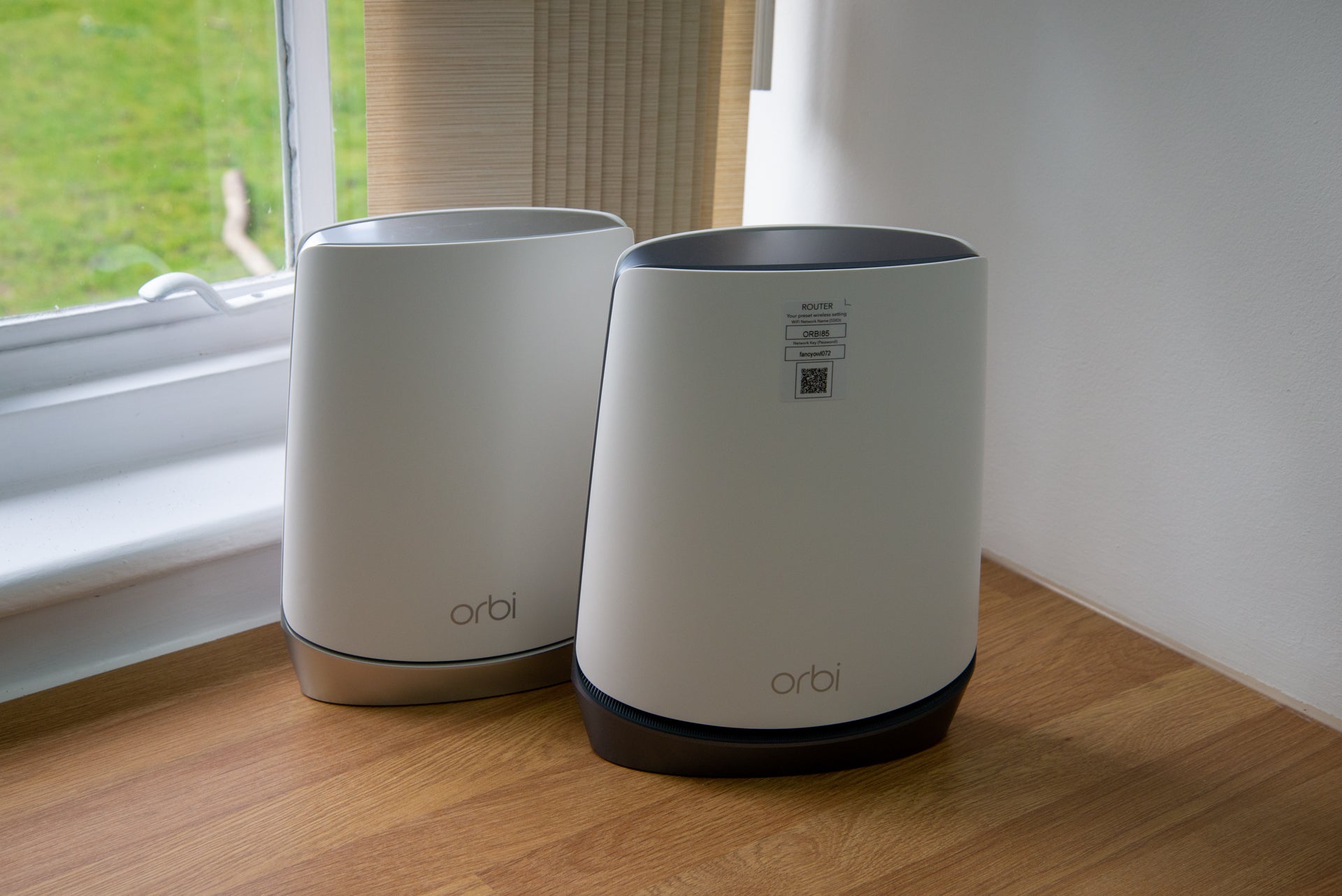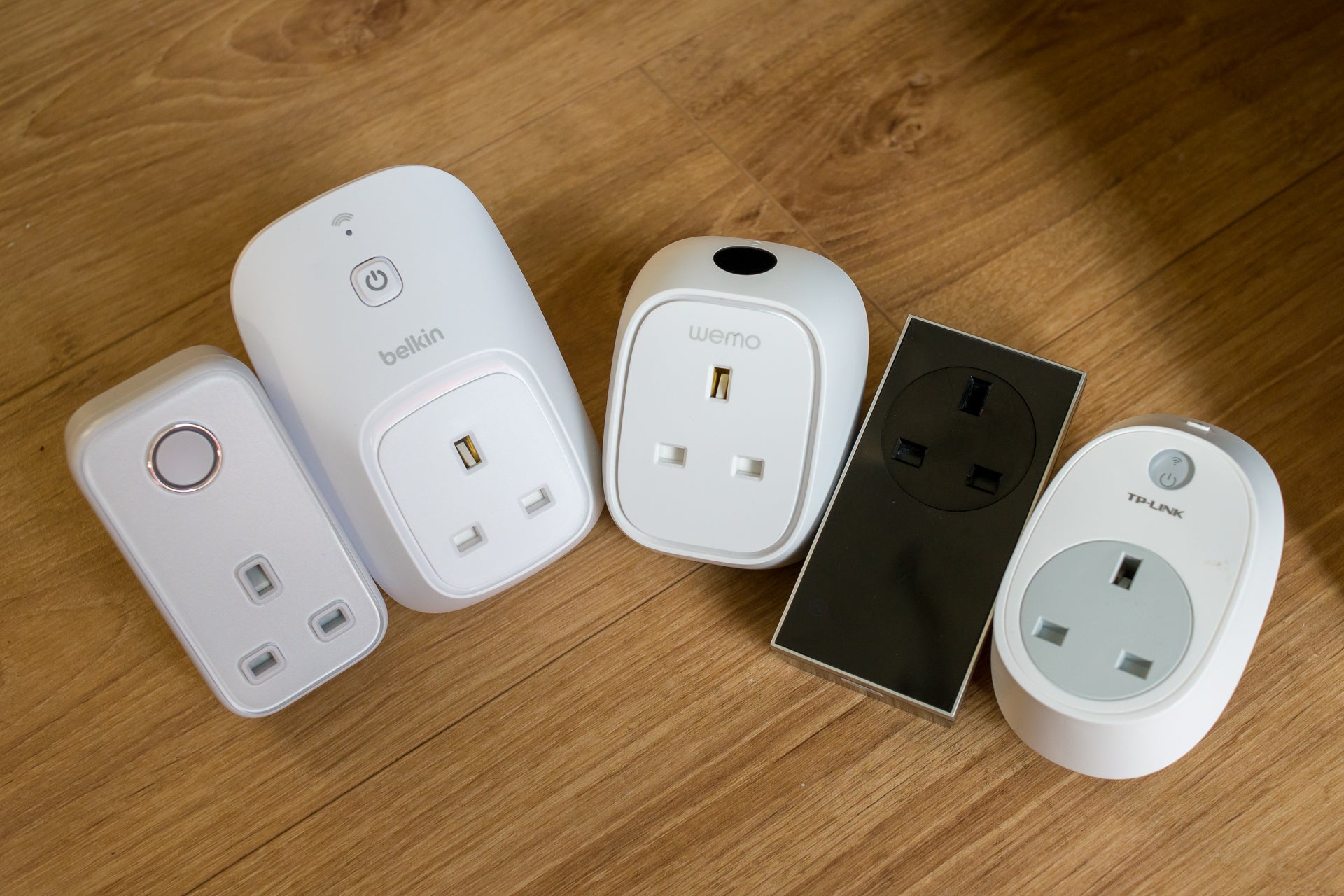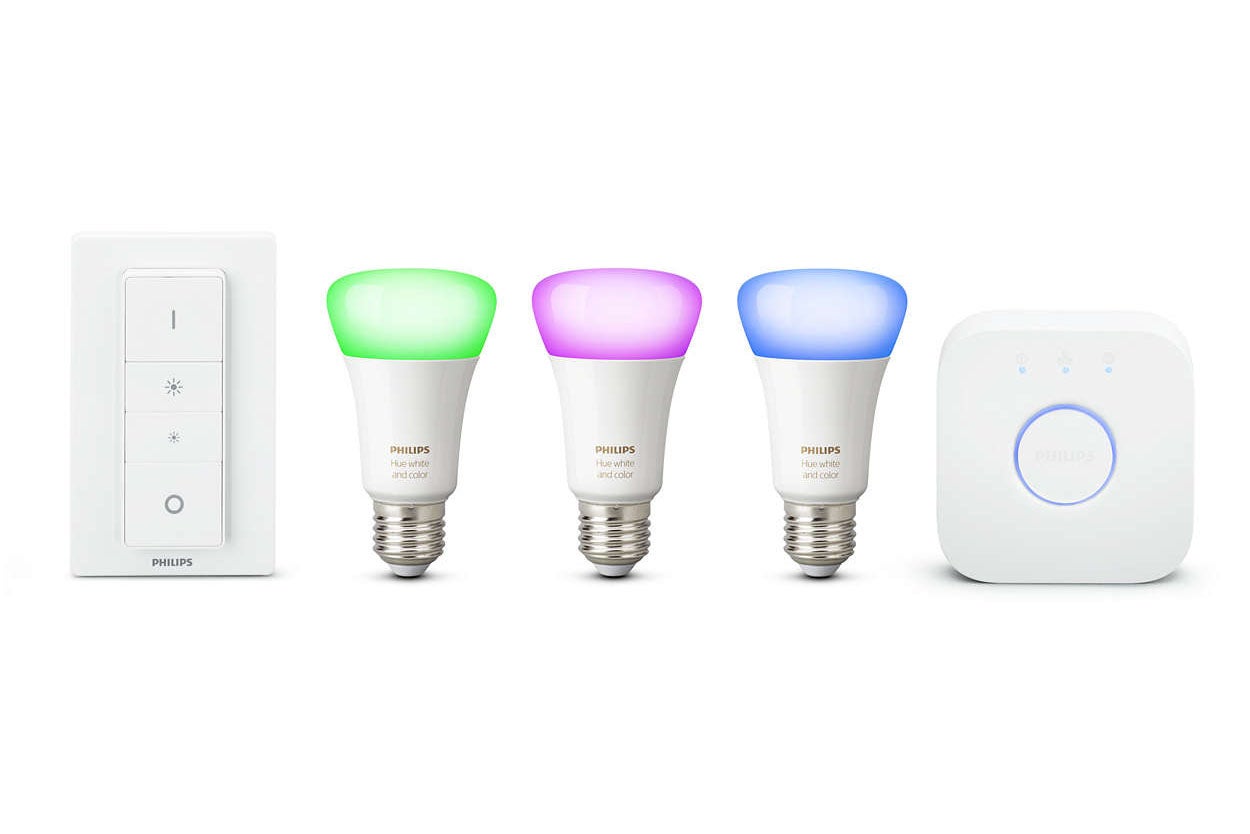What is Li-Fi? The fast wireless technology explained

You’ve heard of Wi-Fi, but what about Li-Fi? The newer wireless technology is capable of transmitting data up to 100x faster than Wi-Fi.
Here’s everything you need to know about Li-Fi, including what it is, how it stacks up to Wi-Fi and where you can find it…
What is Li-Fi?
Li-Fi is a type of wireless connection that uses visible light waves to transmit data from one device to another. This makes it significantly faster than Wi-Fi, which relies on radio waves to do the same thing.
The technology works when an LED light bulb emits pulses of light undetectable to the human eye. These pulses carry data, moving that information to and from receivers – or Li-Fi-enabled devices – capable of interpreting it.
Lifi.co compares this method of transmitting data to decoding Morse code, albeit at a significantly faster rate.
Is Li-Fi better than Wi-Fi?
Li-Fi touts a number of advantages over Wi-Fi.
The most obvious benefit of Li-Fi is its speed. Li-Fi’s fast transmission speeds are possible due to the higher bandwidth found in the light spectrum (it’s around 10,000x bigger than the radio-wave spectrum Wi-Fi replies on). This allows the wireless technology to transmit data up to 100x faster than the average Wi-Fi connection, and 14x faster than WiGig.
Li-Fi can also be used in a wider range of locations. This includes areas susceptible to electromagnetic interference, such as hospital operation theatres, aircraft cabins and below the sea, as well as dense environments typically prone to interference with a Wi-Fi connection.
It’s also interesting to note that the infrastructure for Wi-Fi is already partially in place, due to the fact our streets and homes are filled with LED lights.
One major disadvantage to Li-Fi is its shorter coverage distance.
Li-Fi’s range is limited to around 10m, in part due to physical barriers as light is unable to pass through walls. While this has its benefits when it comes to privacy, it’s ultimately not as convenient as Wi-Fi’s 32m range and ability to travel through walls.
For this reason, it’s unlikely that Li-Fi will completely replace Wi-Fi anytime soon.
Is Li-Fi available now?
It’s been over a decade since the term Li-Fi was first coined by Professor Harald Haas in his 2011 TED Global talk. Haas has since co-founded the company pureLiFi to bring Li-Fi-enabled products to the market.
According to pureLiFi, the company’s Li-fi systems are already being used by the armed forces to provide secure wireless communications with no radio signature. The technology has been tested in a variety of other applications, including Air France flights, a school in Scotland and a trial by O2.
However, the technology is still a bit away from taking over our homes.





